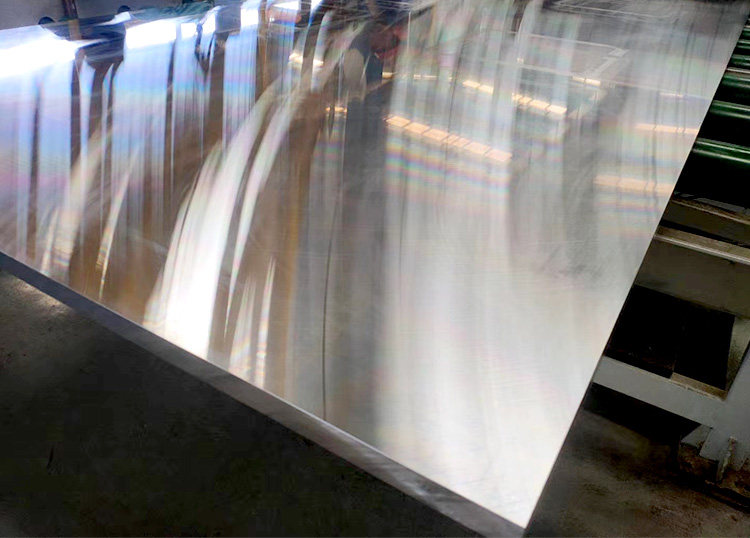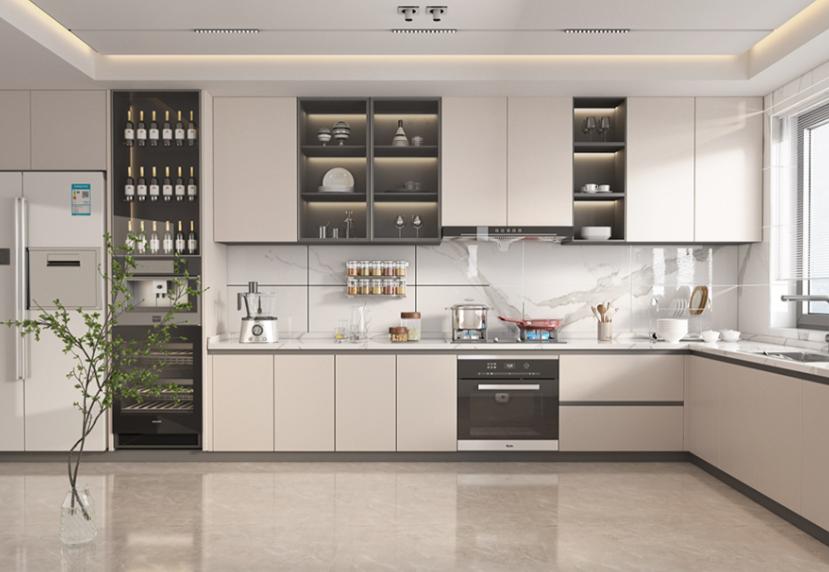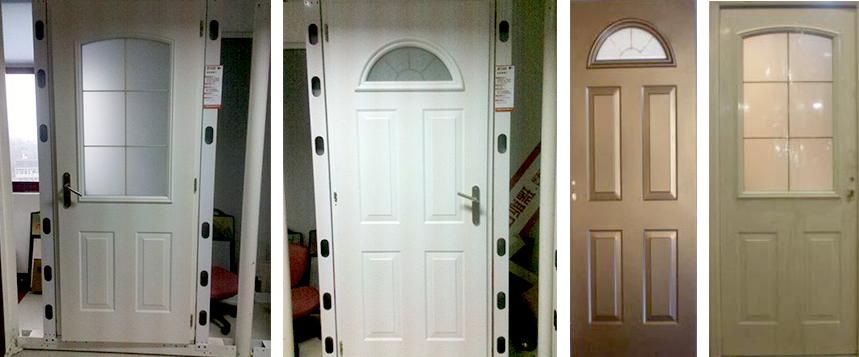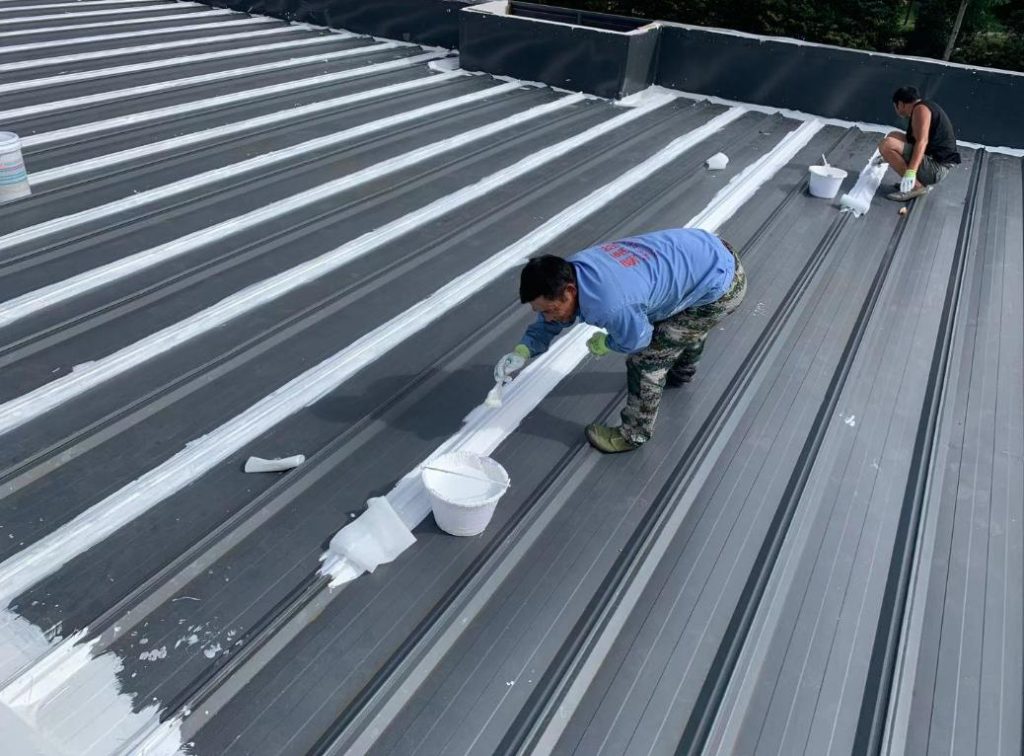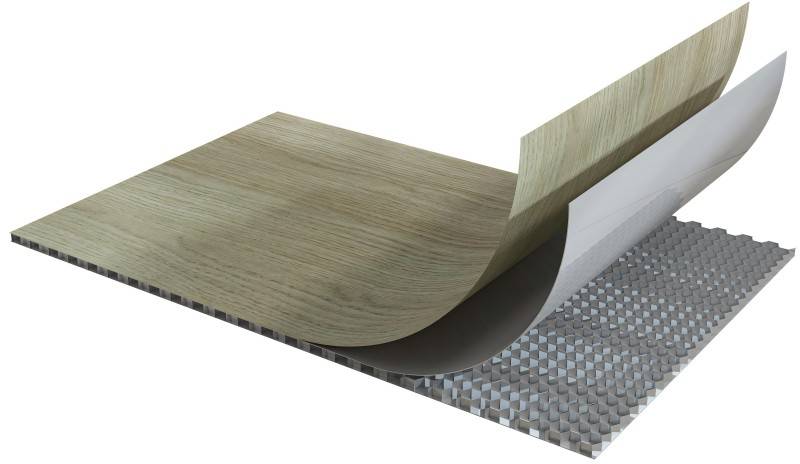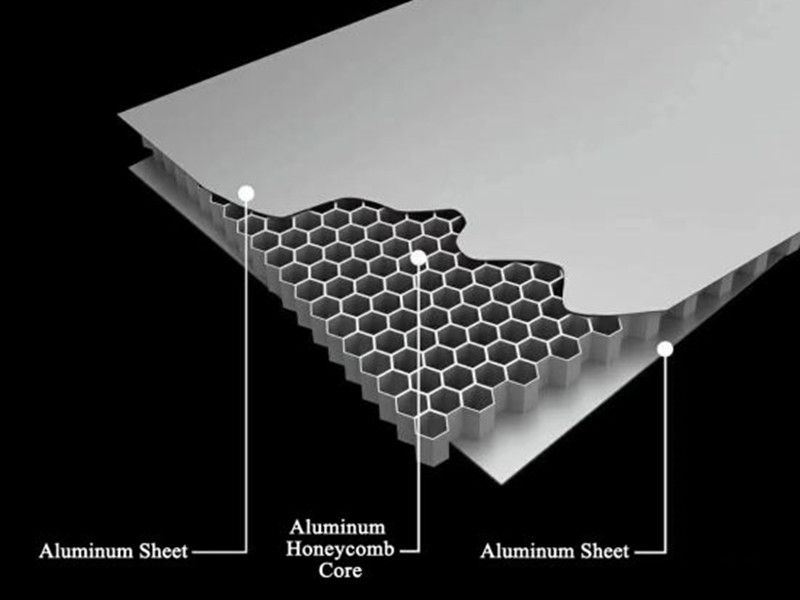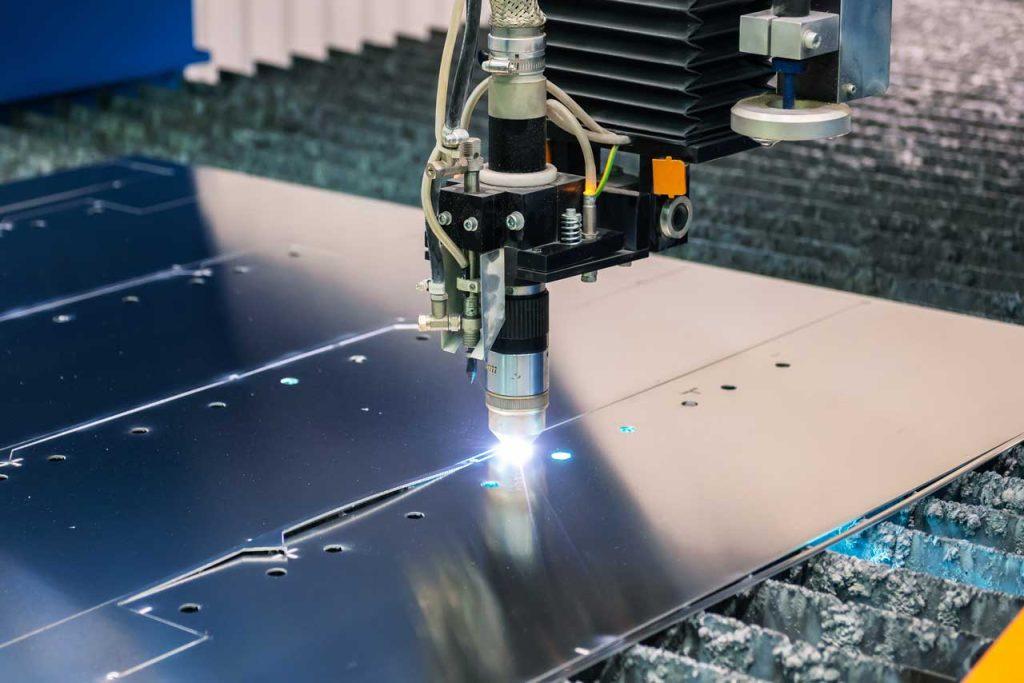Aluminium mesh sheets are versatile materials with numerous applications, from security and ventilation to architectural design and soundproofing. Proper installation is crucial to ensure the effectiveness and longevity of the mesh. Here we will guide you through the installation process of aluminium mesh sheets in six distinct applications: security, ventilation, outdoor fencing, architectural decoration, flooring, and soundproofing.
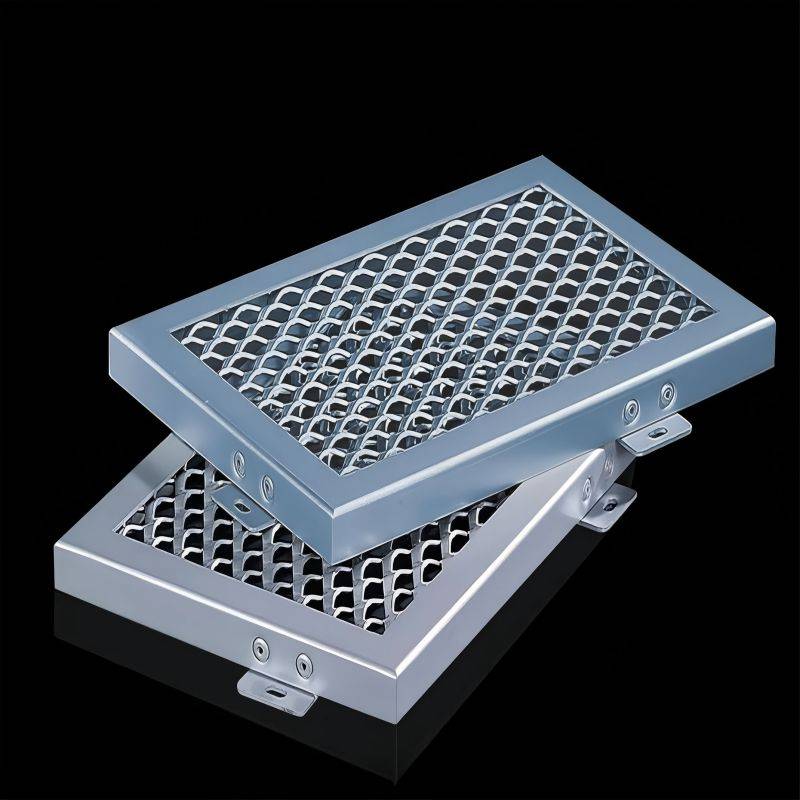
Materials and Tools Needed
Before you begin the installation of aluminium mesh sheets, having the right materials and tools on hand is essential. Here’s what you’ll need for most installation projects:
- Aluminium Mesh Sheet: Depending on the application, you might choose from expanded, perforated, or welded aluminium mesh. Each type offers different benefits.
- Fasteners: Screws, nails, clips, or rivets are used to attach the mesh securely to surfaces. Choose rust-resistant fasteners for outdoor use.
- Cutting Tools: A utility knife or metal shears will help you cut the mesh to the desired size.
- Protective Gear: Gloves and safety glasses to protect against sharp edges and metal dust during cutting and installation.
- Measuring Tape: For accurate measurements.
- Drill & Screws: For securing the mesh to walls, frames, or fences.
- Level or Square Tool: To ensure the mesh is installed evenly and aligned correctly.
Installing Methods of Aluminium Mesh Sheets in 6 Applications
The installation method of aluminum mesh varies according to the specific application scenario. Here are some common installation methods:
1. Installing Aluminium Mesh Sheets for Security Applications
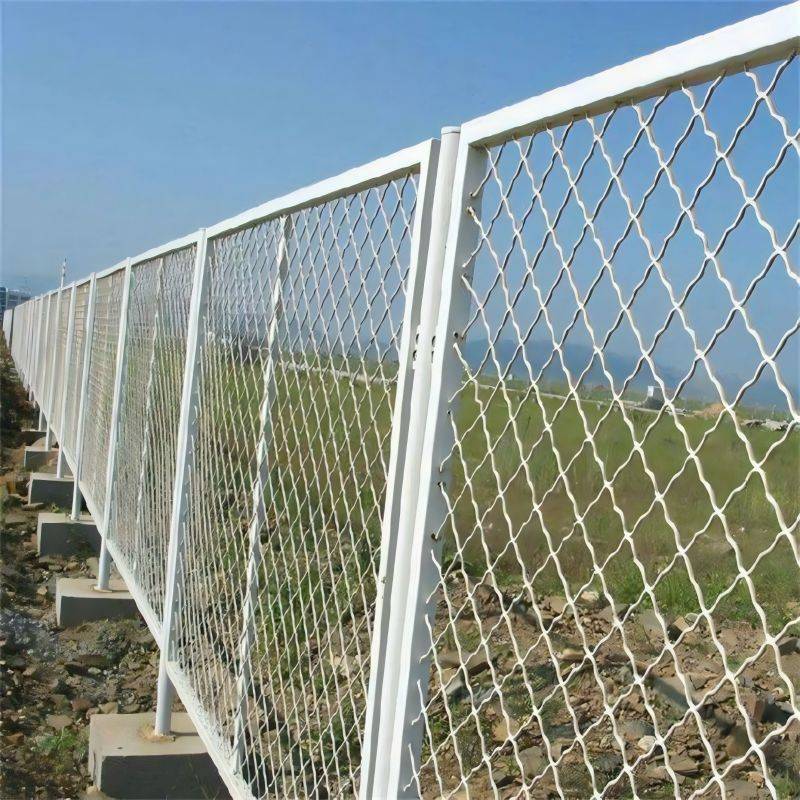
Aluminium mesh is commonly used in security applications, such as fencing, window guards, and barriers. It serves to deter unauthorized access while still allowing visibility and airflow.
Installation Steps:
- Measure the Area: Start by measuring the space where you plan to install the mesh (e.g., window or fence area).
- Cut the Mesh: Use metal cutters or shears to trim the mesh to the appropriate size.
- Secure the Mesh: For fences, attach the mesh to posts using screws, bolts, or staples. If installing on windows, use clips or rivets to hold the mesh securely in place.
- Tighten and Test: Ensure the mesh is stretched tight and securely fastened, especially in high-stress areas such as gates.
Common Mistakes to Avoid:
- Incorrect Fastening: Loose or poorly secured mesh can be easily tampered with. Ensure the mesh is tightly attached at every point.
- Inaccurate Measurements: Always measure the area multiple times before cutting to avoid waste and ensure a perfect fit.
For security applications, it’s essential to ensure that the aluminium mesh is tightly secured and properly fitted. The mesh will provide a reliable barrier when installed correctly, deterring intruders and providing safety.
2. Installing Aluminium Mesh Sheets for Ventilation or HVAC Systems
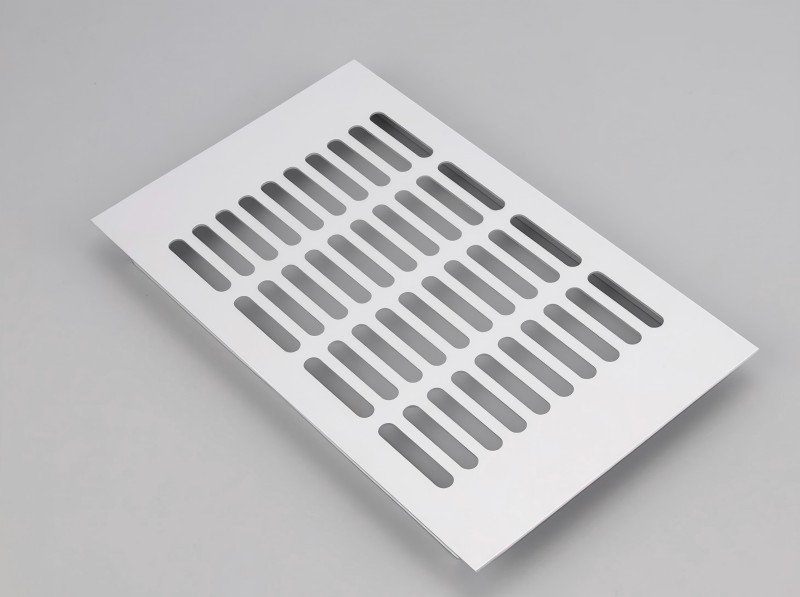
Aluminium mesh is often used in HVAC systems to cover vents, ducts, and filters. It allows air to pass through while preventing dust, debris, or pests from entering the system. Usually this kind of aluminum mesh panel is made by punching, also called punching aluminum sheet.
Installation Steps:
- Measure the Vent or Duct: Carefully measure the dimensions of the vent or duct to ensure a proper fit for the mesh.
- Cut the Mesh: Trim the mesh using a utility knife or metal cutters to the size of the vent or duct opening.
- Fix the Mesh: Attach the mesh using screws or clips to the frame surrounding the vent or duct. If necessary, use a gasket or sealant to prevent air leakage.
- Check Airflow: After installation, check to ensure that the mesh doesn’t restrict airflow significantly.
Common Mistakes to Avoid:
- Mesh Too Fine: Using a mesh with a gauge too fine can impede airflow. Make sure the mesh is designed for air ventilation.
- Improper Fastening: Poorly fastened mesh can lead to gaps where dirt and pests may enter.
Proper installation of aluminium mesh in ventilation or HVAC systems ensures better airflow and prevents unwanted particles from infiltrating. It is important to choose the right gauge and secure the mesh effectively to maintain the system’s efficiency.
3. Installing Aluminium Mesh Sheets for Outdoor Fencing or Gates
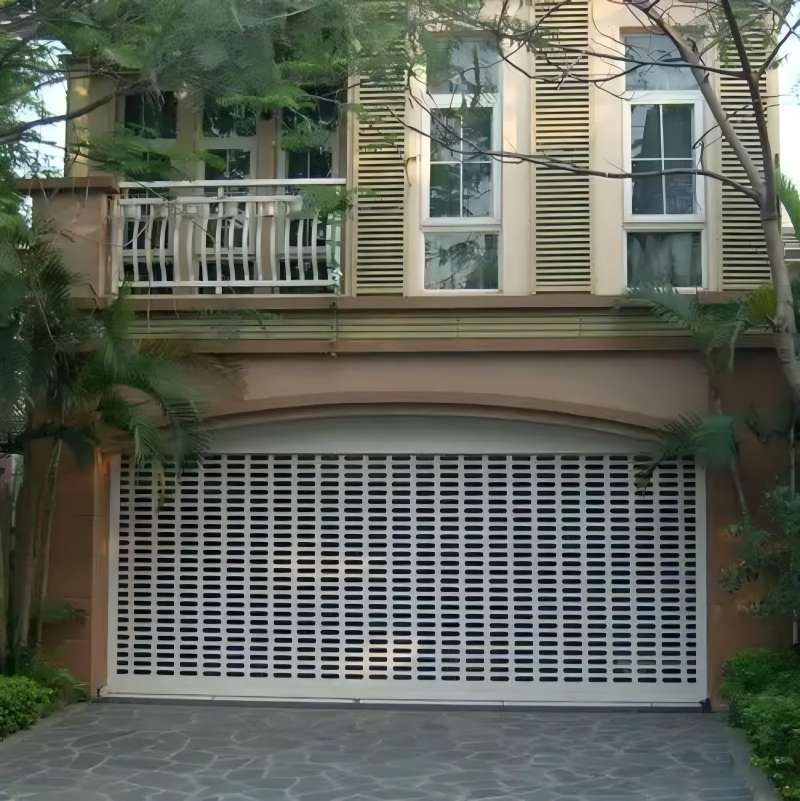
Aluminium mesh is widely used in outdoor fencing and gates, providing a sturdy yet lightweight barrier for properties, gardens, and commercial spaces.
Installation Steps:
- Prepare the Posts: Install vertical fence posts into the ground at even intervals, ensuring they are level.
- Trim the Mesh: Measure and cut the mesh sheets to the correct size for the fencing area.
- Attach the Mesh: Use fasteners like nails, screws, or tension wire to secure the mesh to the fence posts.
- Tighten and Secure: Ensure the mesh is stretched tightly between the posts to avoid sagging.
Common Mistakes to Avoid:
- Incorrect Post Spacing: Ensure that the fence posts are spaced evenly to avoid an uneven mesh installation.
- Loose Fastening: A poorly fastened mesh can sag or become loose over time, compromising its effectiveness.
For outdoor fences, aluminium mesh sheets offer strength and flexibility, but they must be installed with precision to maintain durability and security. Proper tensioning and fastening are key to ensuring a long-lasting installation.
4. Installing Aluminium Mesh Sheets for Architectural and Decorative Purposes

Aluminium mesh is often used in modern architecture for decorative facades, partitions, and ceiling installations. It adds an industrial aesthetic while serving practical functions such as ventilation and light filtering.
Installation Steps:
- Measure the Installation Area: Accurately measure the area where the mesh will be installed (e.g., a wall, ceiling, or partition).
- Cut the Mesh: Trim the mesh to fit the measured space.
- Prepare the Frame: Install a supporting frame if necessary (e.g., for ceiling installations), ensuring it can support the weight of the mesh.
- Install the Mesh: Secure the mesh to the frame using clips, screws, or rivets.
- Ensure Alignment: Use a level tool to ensure that the mesh is straight and evenly spaced.
Common Mistakes to Avoid:
- Overloading the Frame: Ensure that the supporting frame is strong enough to bear the weight of the mesh, especially in ceiling or suspended applications.
- Uneven Spacing: Poorly aligned mesh can negatively impact the aesthetic appeal of the design.
Aluminium mesh sheets provide both functional and aesthetic value when used in architecture and design. Correct installation ensures that the mesh serves its purpose while enhancing the space’s visual appeal.
5. Installing Aluminium Mesh Sheets for Flooring and Walkways
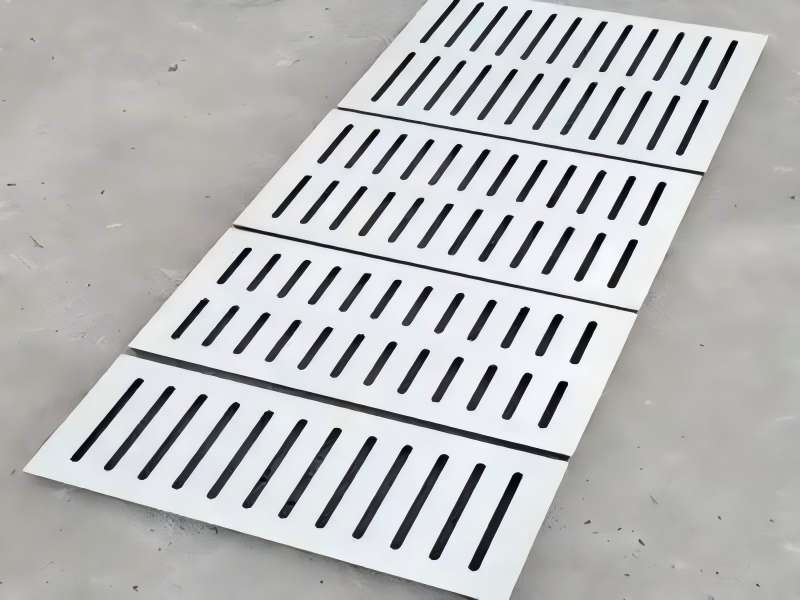
Aluminium mesh is sometimes used in industrial settings or walkways due to its durability and ability to provide drainage. It’s commonly installed over platforms or surfaces that need to remain sturdy and slip-resistant.
Installation Steps:
- Prepare the Surface: Ensure the surface is clean and level.
- Cut the Mesh: Trim the mesh sheets to fit the floor or walkway area.
- Install the Mesh: Lay the mesh over the surface and fasten it using screws, bolts, or welding, depending on the material and environment.
- Check Stability: Ensure the mesh is securely fastened and stable enough to bear weight.
Common Mistakes to Avoid:
- Insufficient Fastening: The mesh needs to be securely fastened to prevent movement and slippage.
- Incorrect Mesh Type: Ensure you use a strong enough gauge for high-traffic areas.
Aluminium mesh sheets can create durable, slip-resistant surfaces for walkways and platforms. Proper installation ensures both safety and longevity, making it ideal for industrial and outdoor environments.
6. Installing Aluminium Mesh Sheets for Acoustic or Soundproofing Purposes
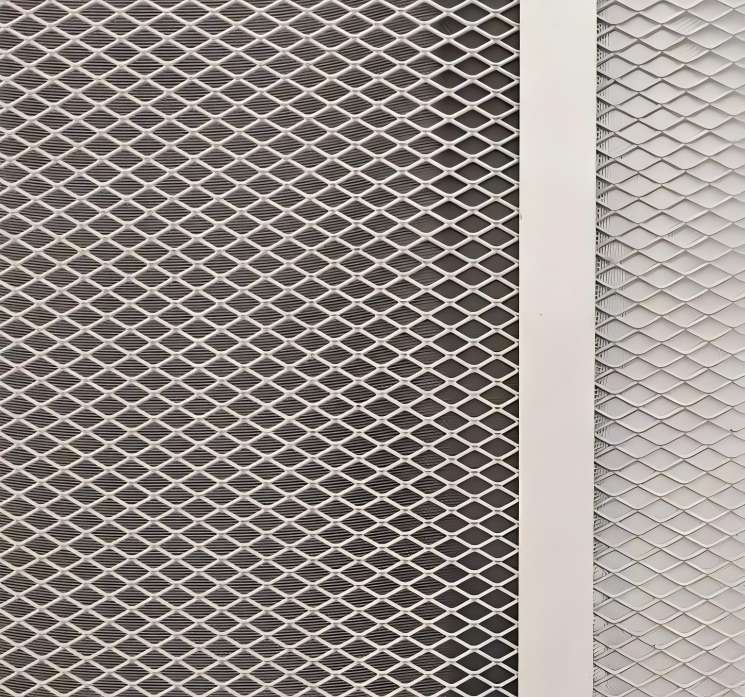
Aluminium mesh is often used in soundproofing applications, such as in studios or auditoriums, where it works in tandem with other materials to reduce noise.
Installation Steps:
- Measure and Cut the Mesh: Measure the area to be soundproofed and cut the mesh accordingly.
- Attach the Mesh to Framework: If using insulation, place the mesh over the insulation and secure it with clips, screws, or staples.
- Ensure Proper Coverage: Make sure the mesh covers all required areas without gaps.
- Test for Effectiveness: Once the mesh is installed, test the acoustics of the room to ensure the desired soundproofing effect.
Common Mistakes to Avoid:
- Leaving Gaps: Any gaps in the mesh can allow sound to escape, reducing the effectiveness of the soundproofing.
- Inadequate Fastening: Mesh that is not secured properly can shift, affecting the soundproofing quality.
Aluminium mesh sheets contribute significantly to the soundproofing of a space when installed correctly. They help create a quieter environment by preventing sound from passing through gaps and ensuring the integrity of the soundproofing system.
By following the correct installation steps and avoiding common mistakes, you can ensure that your aluminium mesh performs optimally and provides long-lasting benefits for your specific application. Whether for outdoor fences, HVAC systems, architectural designs, or soundproofing, aluminium mesh is a valuable and practical material that can enhance the functionality and appearance of your space. If you need aluminium mesh sheets, please feel free to contact CHAL as your supplier.

